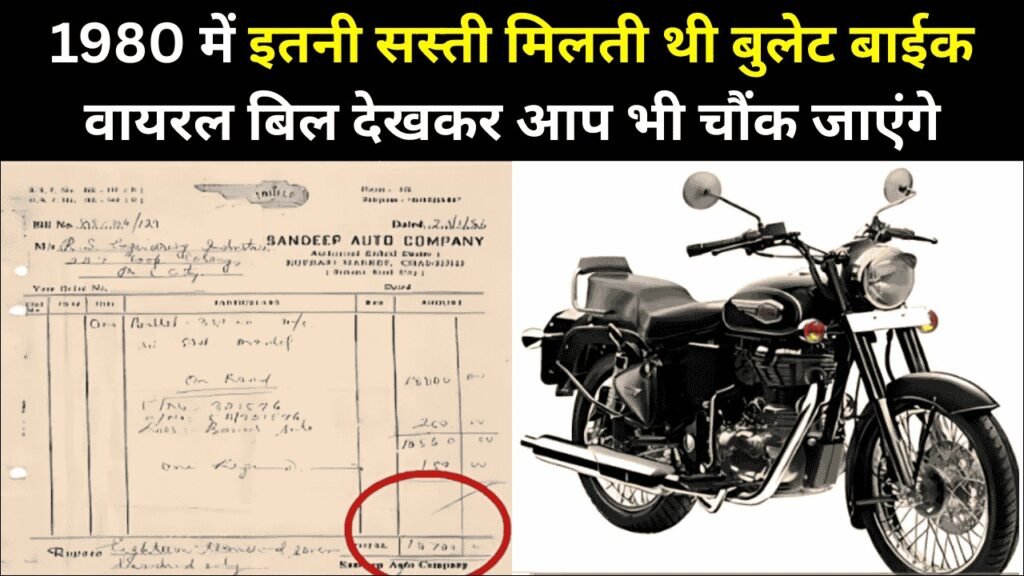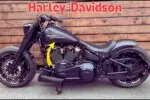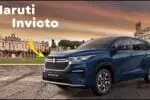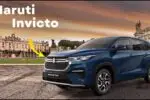
In today’s age, where premium motorcycles can cost as much as small cars, a photo of a decades-old Royal Enfield invoice has stirred a wave of nostalgia among biking enthusiasts. The viral image, reportedly from 1980, showcases the price of a Royal Enfield motorcycle from that era—between ₹6,000 and ₹8,000. The striking difference compared to today’s prices, which range from ₹1.5 lakh to ₹3.5 lakh and beyond, has prompted many to reflect on how much the brand and the Indian motorcycle market have transformed over time.
A Glimpse Into the Past
The now-famous image of the 1980 Royal Enfield invoice has become a talking point on social media, sparking disbelief and sentimentality. Back then, owning a Royal Enfield was still a significant financial decision for an average Indian family, but it was considerably more attainable in relation to the average income. The affordability factor, even though modest by today’s standards, played a key role in establishing the Bullet as a staple on Indian roads.
The Legacy of Royal Enfield
Founded in 1901 in Redditch, England, Royal Enfield is one of the oldest motorcycle brands still in continuous production. The company’s journey in India began in 1955 with the establishment of Enfield India in Madras (now Chennai). By the 1980s, despite the parent company in the UK ceasing operations in 1970, the Indian arm carried forward the brand’s legacy. The Bullet model, known for its powerful “thump” and rugged design, had already become an icon by then.
During this era, Royal Enfield motorcycles were favored by police forces, military personnel, and government departments across India. The bikes weren’t just utilitarian—they stood as symbols of strength, reliability, and prestige.
From Utility to Lifestyle
The stark difference between the 1980s price tag and today’s figures reflects more than just inflation—it marks Royal Enfield’s transformation from a purely functional vehicle to a premium lifestyle product. In the past, customers bought a Bullet for its durability and adaptability to Indian terrains. It was a reliable workhorse, valued for being easy to maintain and capable of handling challenging road conditions.
Fast forward to today, and the brand has shifted gears. Royal Enfield is now positioned as a lifestyle and adventure brand. Modern buyers aren’t just looking for a means of transportation—they’re seeking a riding experience, a sense of freedom, and a sense of belonging to a community of like-minded riders. This emotional connection has helped the brand evolve, allowing it to command a higher price while still enjoying a loyal fan base.
Technological Advancements
One cannot ignore the technological leap the brand has made over the years. While the motorcycles from 1980 were beloved for their charm, they lacked many features that today’s riders expect. Clunky gearboxes, heavy clutches, regular oil leaks, and noticeable vibrations were common complaints—but oddly, those very quirks are now seen as character traits of a classic Royal Enfield.
Today’s Enfields are a different breed altogether. They come equipped with modern enhancements like electronic fuel injection, anti-lock braking systems (ABS), disc brakes, smoother suspensions, and engines that comply with strict emission norms. These advancements not only improve safety and performance but also contribute to the significant price hike over the decades.
Vintage Bikes: A Growing Collector’s Market
If you happen to own a Royal Enfield from the 1980s in good condition, you might be sitting on a valuable piece of history. Vintage Enfields are increasingly sought after by collectors, and their value has appreciated significantly. Enthusiasts are often willing to pay prices that match or exceed those of current models, especially for motorcycles with original parts and documentation.
This collector’s appeal highlights how Royal Enfield has successfully tapped into its own heritage, turning old machines into treasured artifacts. It’s not just about transportation anymore—it’s about storytelling, legacy, and timeless design.
The Power of Nostalgia
That 1980 invoice does more than showcase old prices—it taps into what marketers call “nostalgia marketing.” People long for simpler times, and the image of an affordable Royal Enfield from the past ignites a sentimental connection. By reminding audiences of its humble beginnings and steady evolution, Royal Enfield reinforces its brand identity rooted in legacy and trust.
This nostalgia isn’t just accidental—it’s a deliberate strategy. Even as the company innovates and launches newer models like the Meteor, Himalayan, and 650cc twins, it continues to retain design elements from its classic lineup. The rounded fuel tanks, vintage-style headlights, and signature exhaust notes are all part of this emotional equation.
Honoring the Past, Embracing the Future
As Royal Enfield expands its global footprint and continues to modernize its offerings, the challenge lies in balancing innovation with tradition. The viral invoice from 1980 serves as a powerful reminder of how far the company has come—not just in terms of price but in reputation, technology, and market presence.
For motorcycle lovers, comparing the past and present prices of a Royal Enfield might trigger a sense of shock. But it also offers a reason to celebrate how an iconic brand has evolved while staying true to its roots. Whether you’re a long-time rider or a new enthusiast, there’s something undeniably special about being part of Royal Enfield’s journey.

Mangesh Garg is a passionate writer known for captivating stories that blend imagination and reality. Inspired by travel, history, and everyday moments, He crafts narratives that resonate deeply with readers



